Situated about midway between Helsinki and Turku, approximately an hour from either city, lies the historic municipality of Raseborg, an ideal day-trip destination for families with kids, and for those fascinated by history or keen on nature. Named for an ancient castle, Raseborg is a wonderful mix of spectacular nature, historical sites, and cultural attractions, with the added bonus of having access to the islands of the archipelago in the Baltic Sea. Lying as it does along the King’s Road, Raseborg has long been on the main axis of Finland’s history and culture, with a number of important attractions to explore and experience. The best known of these are Fiskars Village, Raseborg Castle ruins, Svartå Manor, Billnäs Village, Ekenäs Archipelago National Park, and Ekenäs, the picturesque town located next to the sea.
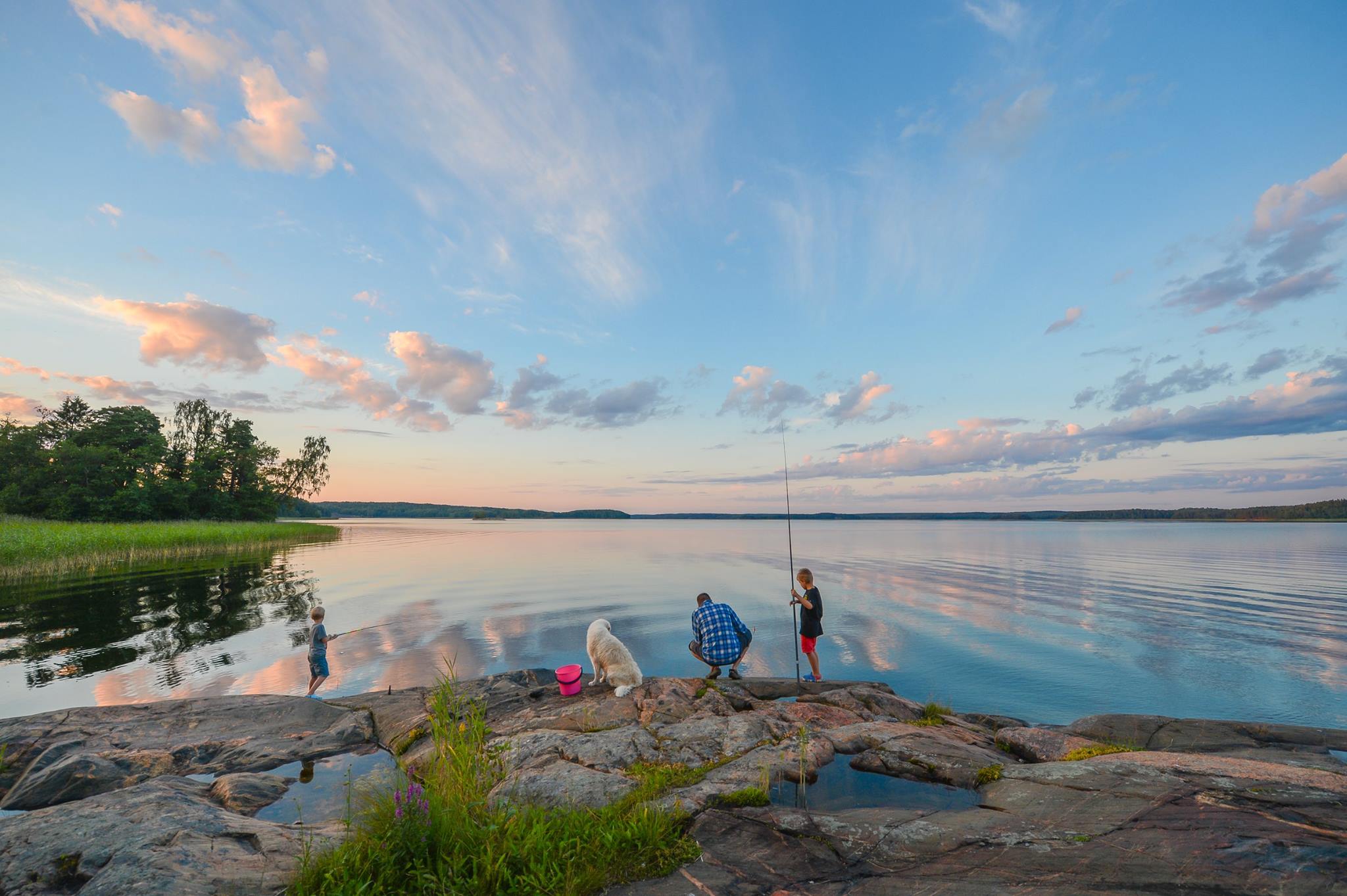
An Abundance of Natural Charms
Although better known for its historical and cultural sites, Raseborg boasts a wealth of natural attractions, not least of which is the Ekenäs Archipelago National Park, which stretches from the inner archipelago to the open Baltic Sea. Hugely popular with sailors and motor boaters, as well as canoeists and kayakers, its diverse nature includes wilderness lakes, lush forests and rocky beaches on the big islands in the inner archipelago, where moose and white-tailed deer can be seen. Visitors should check in at the Ekenäs Nature Centre, which provides fascinating information on the changing nature of the Baltic Sea and western Uusimaa archipelago.
Back on the mainland, nature lovers can explore Ramsholmen nature park, the Västerby outdoor recreation centre, as well as those in Kajsas, Kolaholm, Långösund, Lövö, Korpudden, and Sandviken. There are numerous nature trails for hikers and trekkers, including the Tree Species Path (about 1.8 km) in Fiskars.
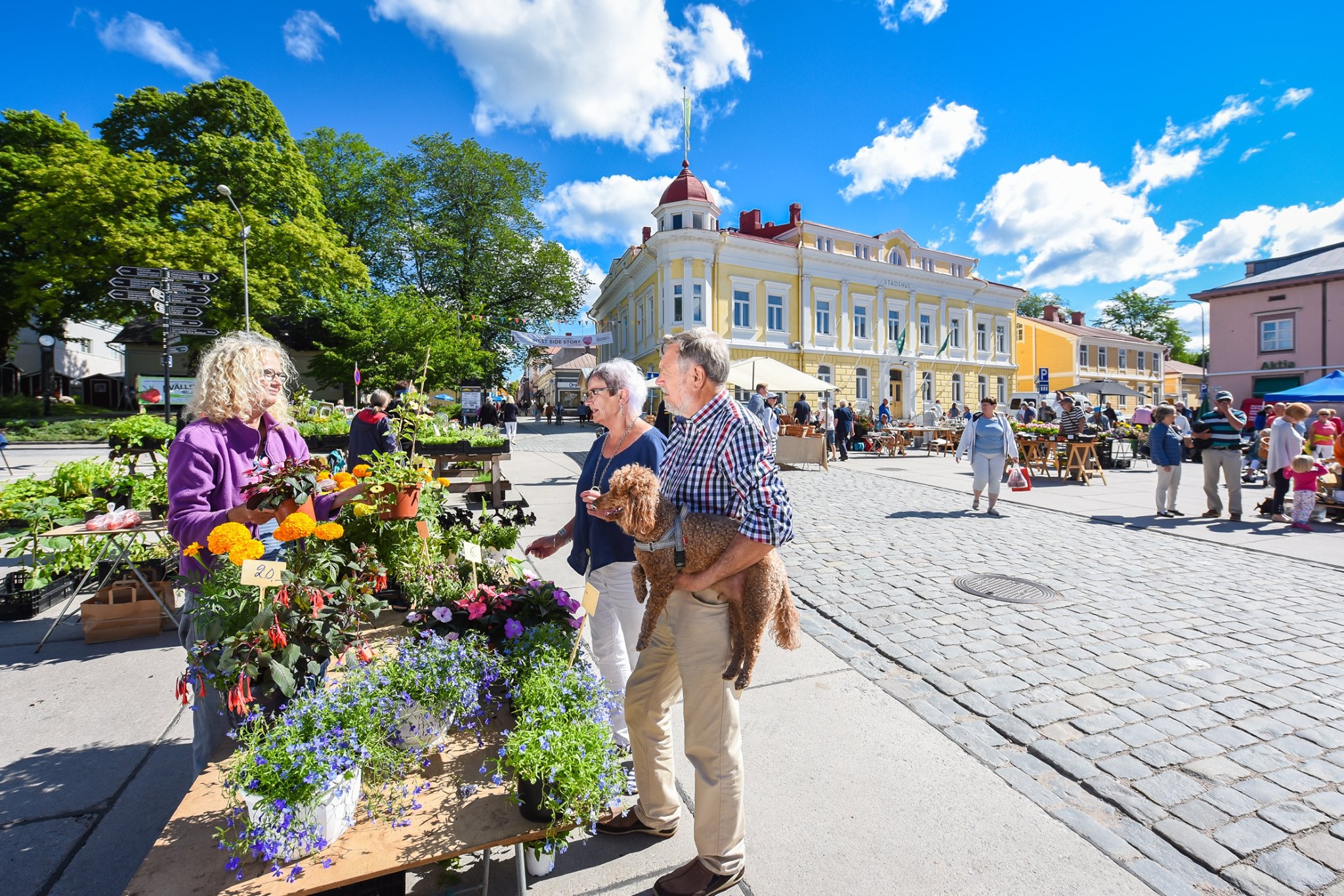
Historical Sites in Raseborg
Ekenäs Old Town is renowned for its wooden houses which date from the late 18th and 19th centuries, but the area grew out of a 16th century fishing village — the Swedish king Gustav Vasa granted a town charter in 1546 – a few years before Helsinki! As far back as the 14th century Raseborg was located on the historic King’s Road which stretched from Bergen, Norway, via Oslo to Stockholm, on to Mariehamn on the Åland islands, and continuing to Turku and all the way to St. Petersburg in Russia. In Raseborg, the King’s Road runs via Tenala towards Pojo parish village through Billnäs Village along the Svartå River and continues to Fiskars Village.
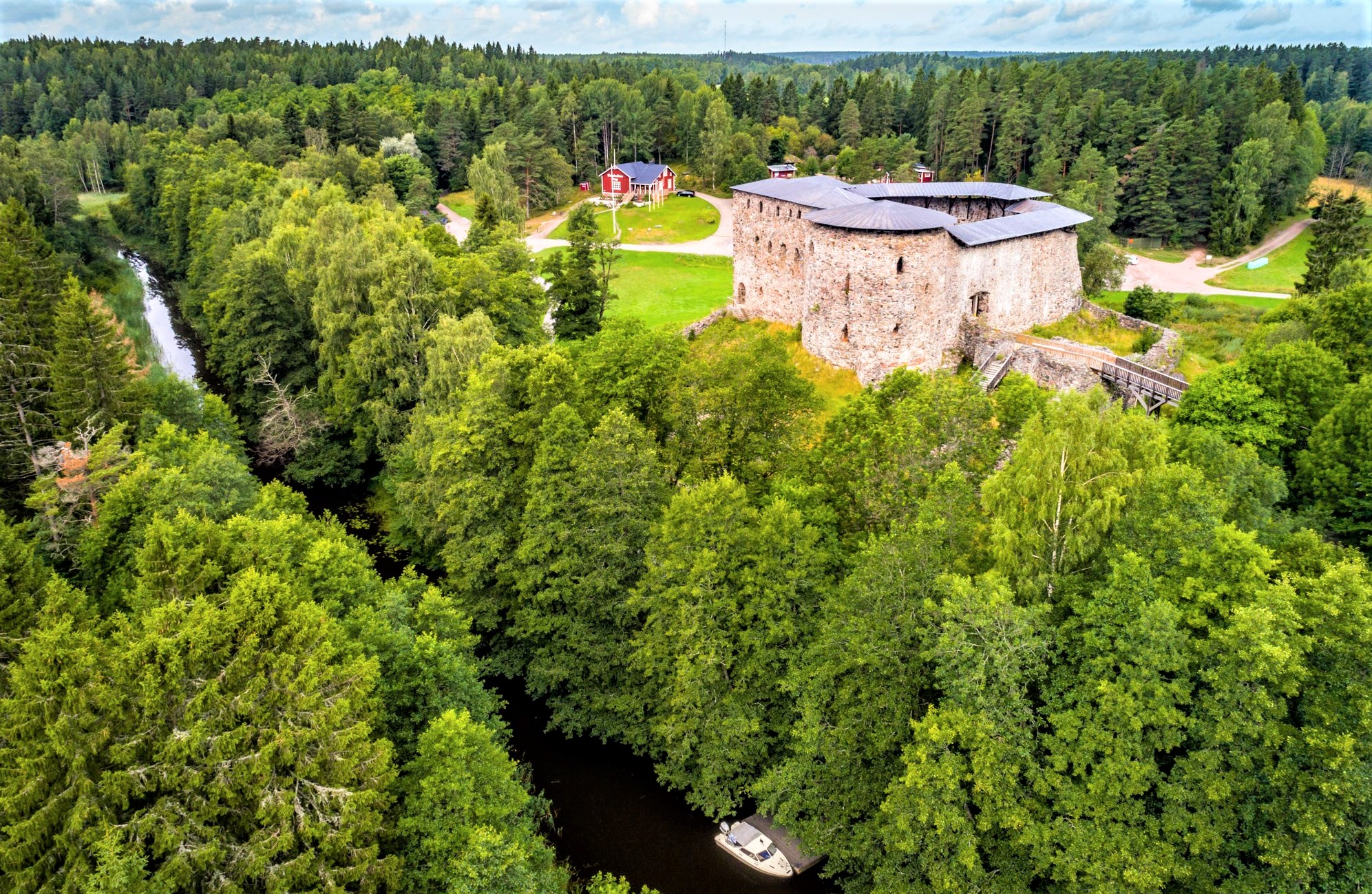
Raseborg medieval castle is one of the most grand castle ruins in Finland. It was built in the 1370s, and was an important military base, until it was abandoned in 1558 after Helsinki and Ekenäs were granted town charters. It laid deserted for more than 300 years, until the first restoration began in 1880s. Today visitors can explore the castle on their own or participate in a guided tour through the castle and its premises. Midsummer celebrations, ancient markets, medieval events, high-class concerts and theatrical performances are organised at Raseborg Castle every summer.
A little north of Raseborg lies Fiskars Village, founded in the 17th century, and known today as a centre of Finnish art and design. Once a centre for ironworks today the village boasts high quality restaurants, conference and hotel facilities, as well as various workshops, events and shops that offer the visitors plenty to see and do throughout the year.
Similarly, the eventful history of Billnäs Village is almost 400 years long, and today it is an idyllic village popular with tourists. The past is very much in evidence, the oldest residential and commercial buildings in the village are from the 1700s, and the old craftsmanship still thrives. Visitors can sit back and enjoy a cup of coffee in the cosy garden of Finland’s oldest nursery, Billnäs Garden & Bistro, next to the old drying barn, and have a look at the wide selection of crafts on offer.
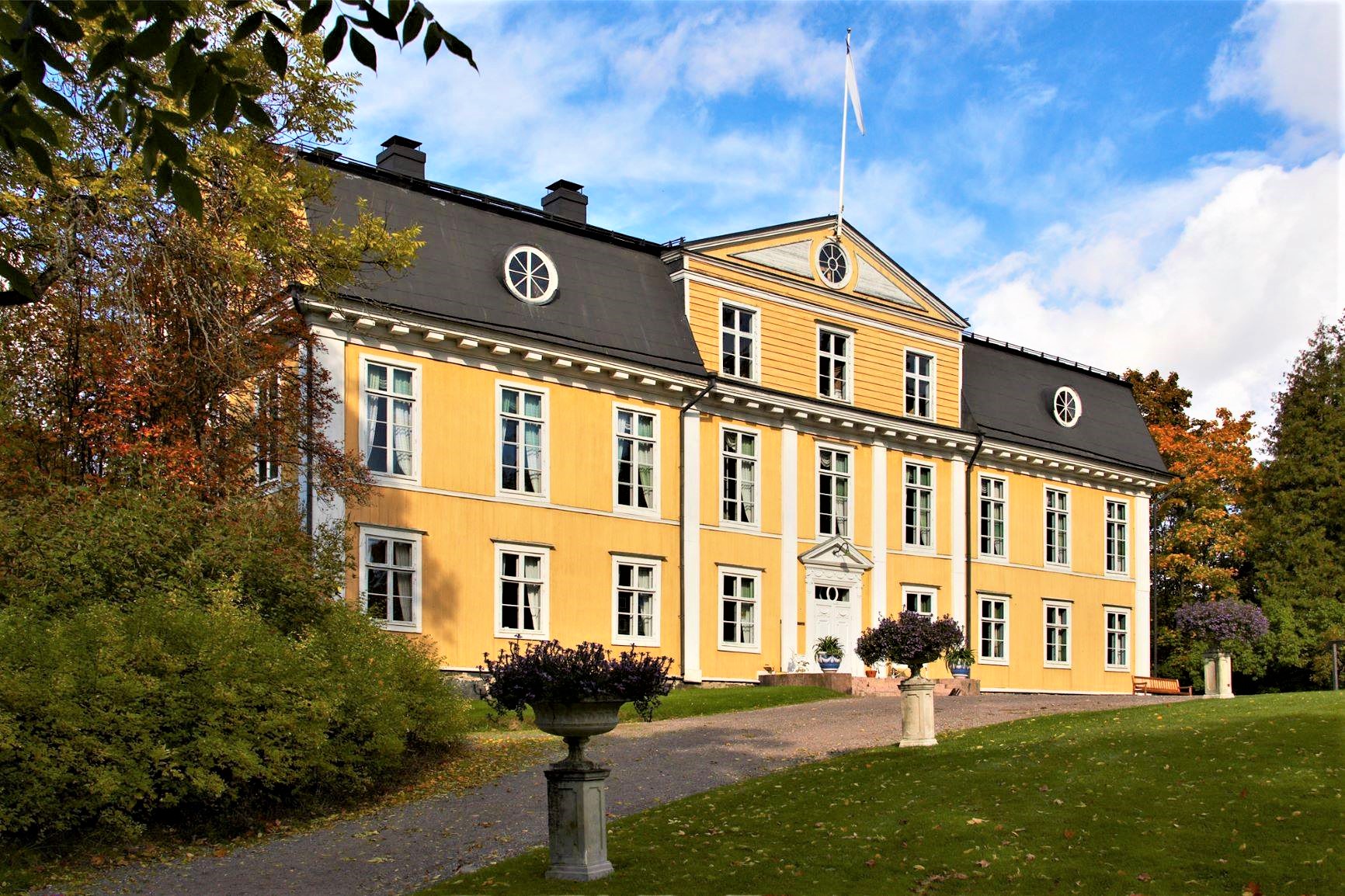
Built between 1783 and 1792, Svartå Manor is one of the most important manor houses in Finland, nowadays a museum, with the interior is restored to its original state with tiled stoves, Gustavian furniture and original parquet floors. The manor is set in the midst of one of the biggest private historical parks of Finland, originally designed as a baroque park in 1787 but in the late 19th century converted into an English style of park.
Other Cultural Attractions
There are a number of museums in Raseborg where visitors can become immersed in local history and culture. Gillesgården, the agricultural and homestead museum, is located in the village of Skarpkulla, consists of 7 buildings, and its different exhibitions mainly present the agriculture and its development in Pojo area, with over three thousand items in its collection. Villa Schildt, operated by the Christine and Göran Schildts Foundation, which aims to nurture the cultural heritage of Alvar Aalto and Göran Schildt, arranges a popular annual summer exhibition.
For those interested in the agrarian history of Finland there are two local museums worth visiting. Finbygränd Agricultural Museum is located in Tenala, and displays the agricultural tools and machines that were used in Finland between 1900 and 1980. Not far away, Tenala Hembygdsmuseum consists of a dwelling house with a cowshed from the 1870’s, the parish’s granary from the 18th century, as well as an attic, a forge, a drying barn and a shed.
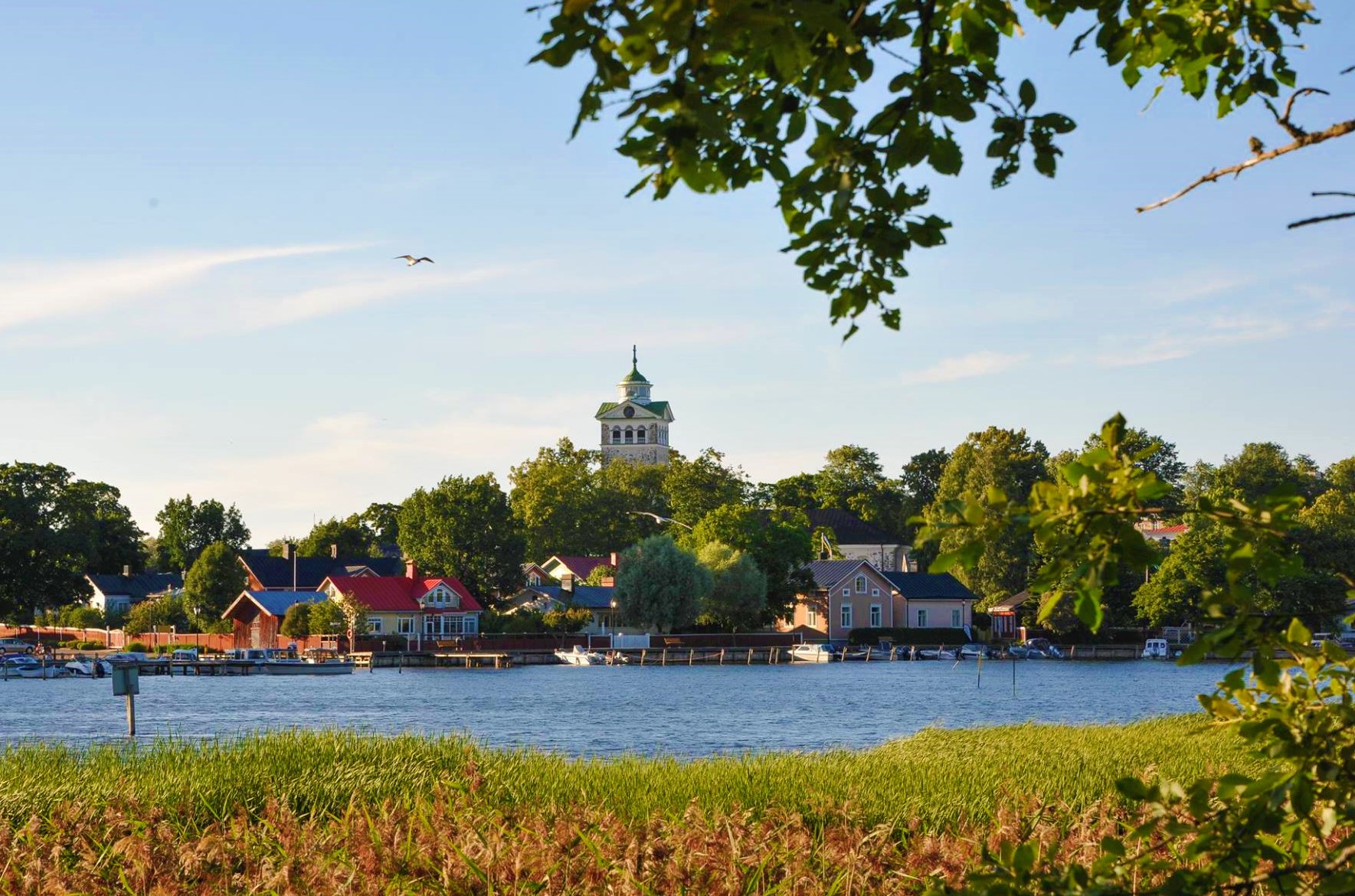
There are also a number of historic churches around Raseborg that are well worth a visit. The wooden Svartå church was established in the 1760s and the bell tower was built in the 1770s; Ekenäs Church was built in the 1680s, but owes its present appearance to the reconstruction in the mid-1800s; Tenala Church dates from as early as the 13th century, the little bell in the belfry is from the 1100s and is one of the oldest in the country; St. Mary’s Church in Pojo was built in the 1400s, and its wooden sculptures date from the 1200s; St. Catherine’s medieval church dates from 1470, its sacristy is from the 1300s and includes a triumph crucifix, carvings and coats of arms.
Visitors can get to Raseborg via train to Tammisaari / Ekenäs station, and there are regular bus services from both Helsinki and Turku. With much of the municipality, and its attractions, located on the coast or in the archipelago, Raseborg also provides a number of guest harbours for sailors and boaters.

